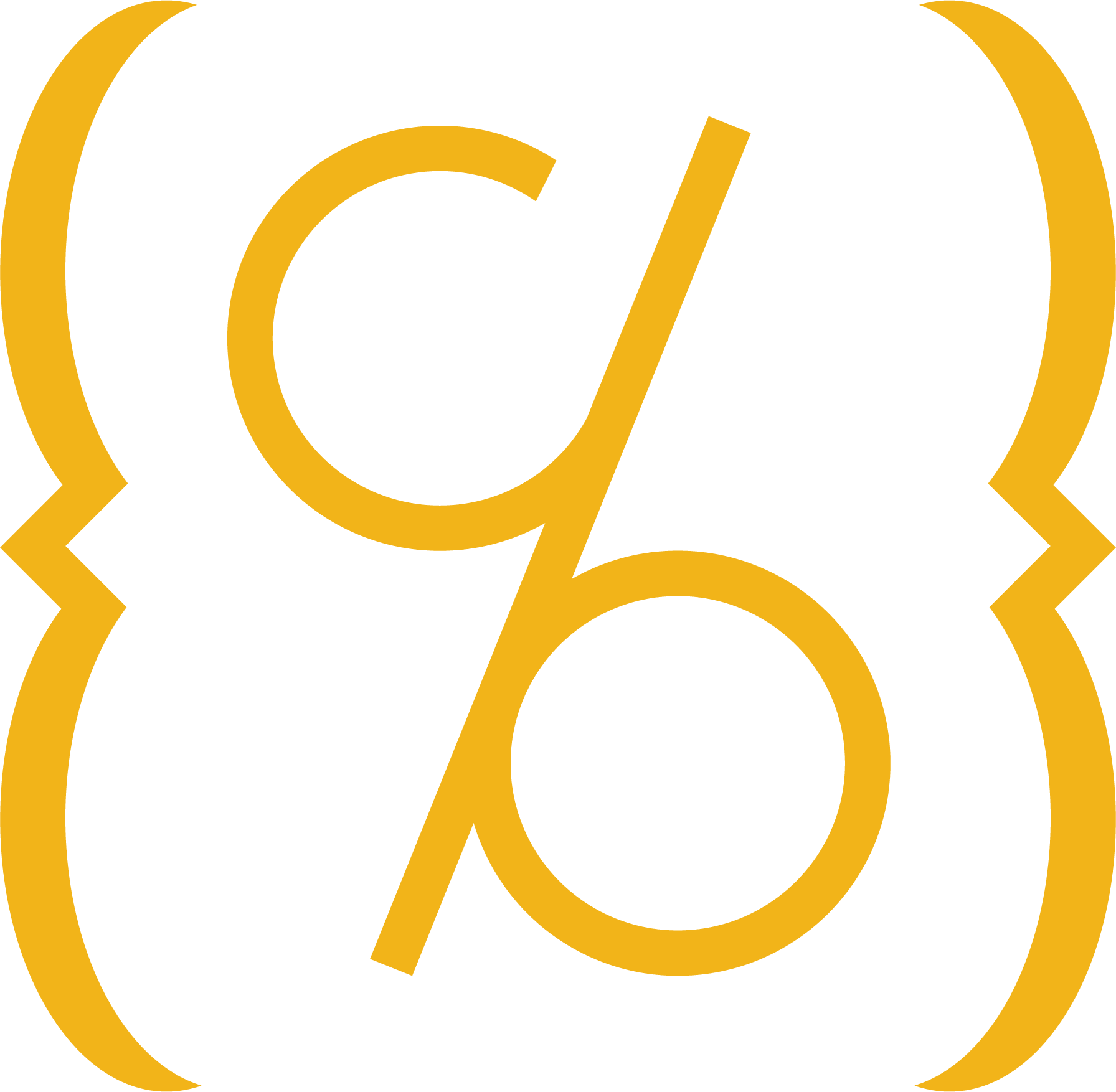Introduction
Digital collections and exhibits have some similarities, but also some distinct differences.
Digital collections display, describe, and provide access to sets of digital objects, such as images, video and audio, textual materials, and 3D renderings. This might include digital representations of analog or physical objects (such as a digitized image copy of a physical map), born-digital objects such as photos captured on a digital camera or smartphone, or a mix of both. Digital collections can be arranged into sub-collections around different groupings such as themes, types of objects, date created, etc.
Digital exhibits are often built with selected items from a digital collection, rather than an entire collection. They can also be curated from digital objects (artifacts) found across a number of digital collections, websites, etc. Digital exhibits usually include one or more narratives that explain the different themes of the exhibit, and often guide their viewers in a particular manner through the exhibit.
Following is a directory of tools taught and supported by the Pollak Library for creating digital collections and exhibits. A list of other popular tools is included for your exploration as well.
Omeka
 Omeka is a free, flexible, and open source web-publishing platform. It is available as a fully customizable, free, self-hosted, open source version (Omeka Classic for single sites and Omeka S for multi-sites) as well as a moderately customizable, hosted, "freemium" version (Omeka.net). This platform is excellent for digital collections. Plugins allow you to built out digital exhibits,, maps, or timelines that integrate with a digital collection.
Omeka is a free, flexible, and open source web-publishing platform. It is available as a fully customizable, free, self-hosted, open source version (Omeka Classic for single sites and Omeka S for multi-sites) as well as a moderately customizable, hosted, "freemium" version (Omeka.net). This platform is excellent for digital collections. Plugins allow you to built out digital exhibits,, maps, or timelines that integrate with a digital collection.
- Cost: Freemium (Omeka.net) and free open source (Omeka Classic & Omeka S).
- Technology Learning Curve: Steep learning curve.
- Collaboration Support: Teams and classes can collaborate on collections, exhibits, maps, and a website.
- Methods: Digital collections, digital exhibits, and geospatial analysis.
CSUF Resources
- Consultations, curriculum development, and classroom instruction available from the Digital Scholarship Librarian Colleen Robledo Greene.
- (Pollak Library Guide) OmekaCovers Omeka.net and Omeka Classic. Includes tutorials and example projects.
ArcGIS StoryMaps
 ArcGIS StoryMaps is a cloud-based digital storytelling platform developed by the geographic information systems (GIS) software company Esri. Create multimedia immersive stories that can incorporate text, images, video, audio, charts, timelines, and interactive digital maps. Bundle multiple narratives together into a collection. The collections feature makes StoryMaps an excellent choice for exhibits too.
ArcGIS StoryMaps is a cloud-based digital storytelling platform developed by the geographic information systems (GIS) software company Esri. Create multimedia immersive stories that can incorporate text, images, video, audio, charts, timelines, and interactive digital maps. Bundle multiple narratives together into a collection. The collections feature makes StoryMaps an excellent choice for exhibits too.
- Cost: Freemium (FREE to the CSUF community).
- Technology Learning Curve: Minimal. No coding experience necessary.
- Collaboration Support: Teams and classes can collaborate on stories and collections.
- Methods: Geospatial analysis, temporal analysis, digital exhibits, and digital storytelling.
CSUF Resources
- CSUF faculty, staff, and students have FREE access to the campus institutional premium license.
- Consultations, curriculum development, and classroom instruction available from the Digital Scholarship Librarian Colleen Robledo Greene.
- (Pollak Library Guide) ArcGIS StoryMapsIncludes tutorials and example digital projects.
Adobe Creative Cloud Express
 Adobe Creative Cloud Express is a cloud-based design platform for creating rich visual and multimedia content with little-to-no design or coding expertise. It is an excellent tool for creating digital and print designs, digital storytelling, web pages, and digital exhibits.
Adobe Creative Cloud Express is a cloud-based design platform for creating rich visual and multimedia content with little-to-no design or coding expertise. It is an excellent tool for creating digital and print designs, digital storytelling, web pages, and digital exhibits.
- Cost: Freemium (FREE to the CSUF community).
- Technology Learning Curve: Minimal. No coding experience necessary.
- Collaboration Support: Teams and classes can collaborate on stories.
- Methods: Digital exhibits and digital storytelling.
CSUF Resources
- CSUF faculty, staff, and students have FREE access to the campus institution premium license.
- Consultations, curriculum development, and classroom instruction available from the Digital Scholarship Librarian Colleen Robledo Greene.
- (Pollak Library Guide) Adobe Creative Cloud ExpressIncludes tutorials and example projects.
CollectionBuilder
 CollectionBuilder is a free framework for creating digital collections and exhibits. It is built on metadata generated through Google Sheets and static web technologies. It is designed and maintained by librarians at the University of Idaho and Iowa State University.
CollectionBuilder is a free framework for creating digital collections and exhibits. It is built on metadata generated through Google Sheets and static web technologies. It is designed and maintained by librarians at the University of Idaho and Iowa State University.
- Cost: Free open source.
- Technology Learning Curve: Minimal for the Sheets template version. The other template versions have a steeper learning curve.
- Collaboration: Provides team and class collaboration features.
- Methods: Geospatial analysis, digital collections, and digital exhibits.
CSUF Resources
- Consultations, curriculum development, and classroom instruction available from the Digital Scholarship Librarian Colleen Robledo Greene.
Other Popular Tools
- ScalarScalar is a free, open source authoring and publishing platform that’s designed to make it easy for authors to write long-form, born-digital scholarship online. Scalar enables users to assemble media from multiple sources and juxtapose them with their own writing in a variety of ways, with minimal technical expertise required.
- WaxWax is a free minimal computing project for producing digital exhibitions
